#water birds
Text
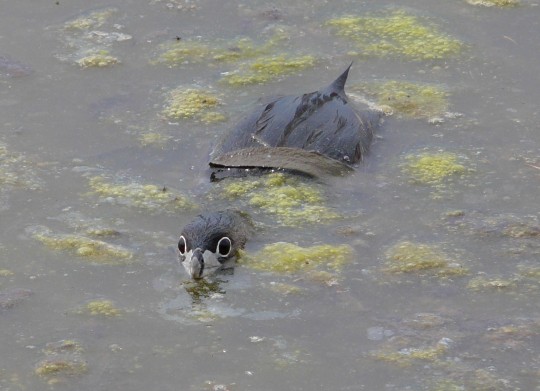
That's not a Turtle, that's a Pied-billed Grebe! (Podilymbus podiceps) x.
4K notes
·
View notes
Text
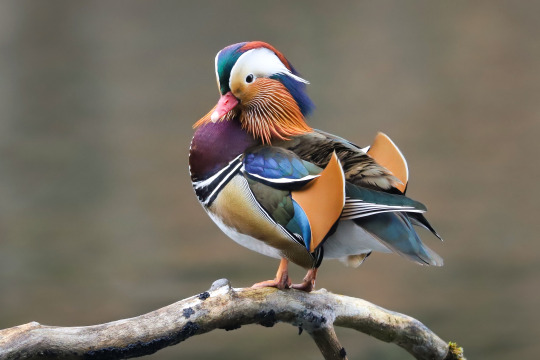
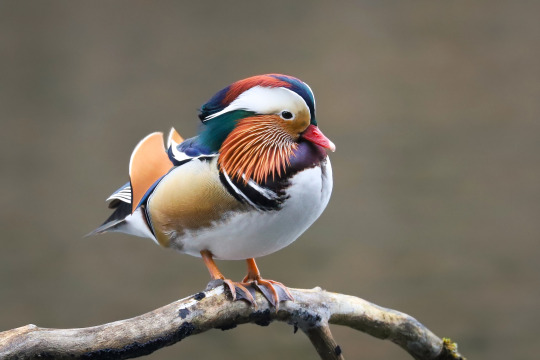


He sleepy. Me too. And I want to dream of mandarin ducks.

Mandarinente ♂️ (mandarin duck) am Pfaffensee, Stuttgart-West.
#mandarinente#mandarin duck#duck#birds#water birds#birding#pato mandarín#pato#bird watching#urban birding#nature#wildlife#ornithology#stuttgart#germany#my photography#photographers on tumblr#wildlife photography#bird photography
14K notes
·
View notes
Text

Fishing cormorant
Photo by Alex Mustard
#cormorant#birds#water birds#Phalacrocoracidae#aquatic birds#fishing birds#underwater#blue#blue water#fish#school of fish#nature#animals#wildlife
809 notes
·
View notes
Text



Some Beautiful Brandt Cormorants during breeding season. I love these blue patches they get! Their eyes are so magical. Free to use, just link back to this post when you do!
#stimboard account#not a board#stimmy#stim gif#stim#luminary stimboards#blue stim#blue#cobalt#cobalt blue#bird#birds#bird stim#bird gif#birds stim#birds gif#feathers#blue bird#cormorant#ornithology#birding#birdblr#wildlife photography#sea birds#water birds#wild birds#brandt cormorant
160 notes
·
View notes
Text
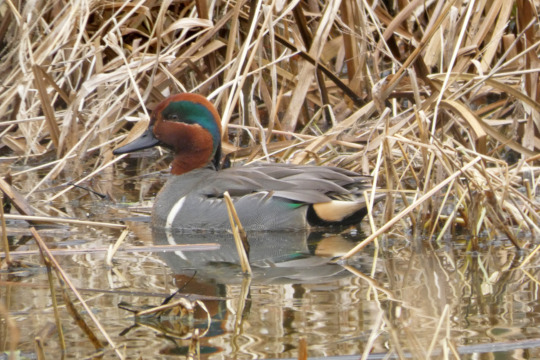


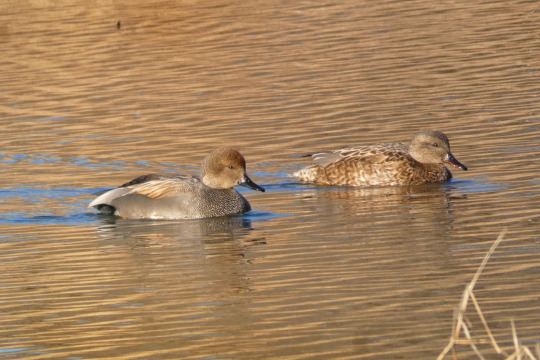
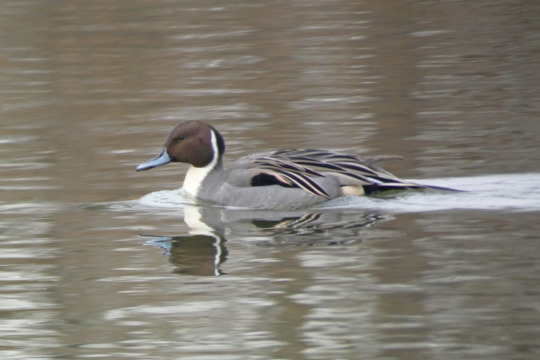
Winter ducks
Green-winged Teal (Anas crecca)
Ruddy Duck (Oxyura jamaicensis)
Hooded Mergansers (Lophodytes cucullatus)
Gadwall (Mareca strepera)
Northern Pintail (Anas acuta)
December 2023 and early January 2024
John Heinz National Wildlife Refuge, Tinicum, Pennsylvania
#The mergansers are so pretty#I hope I can get closer photos of them#duck#ducks#photographers on tumblr#birds#bird#birdblr#ornithology#birblr#nature#animals#water birds#orthithology
322 notes
·
View notes
Text
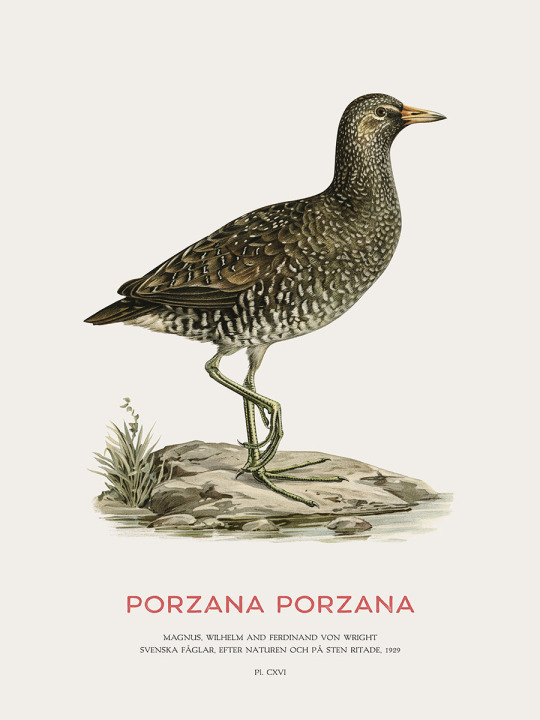
Spotted crake or Porzana porzana
The spotted crake is a small waterbird of the family Rallidae. The scientific name is derived from Venetian terms for small rails. These birds probe with their bill in mud or shallow water, also picking up food by sight. They mainly eat insects and aquatic animals.
Available now on Society6 or Redbubble
#vintagrafica#vintage#redbubble#society6#nature#bird#birds#cottagecore#cottage aesthetic#birdwatching#taxonomy#scientist#biodiversity#biology#water birds#educational#education#ornithology#animals#1900s
132 notes
·
View notes
Text

sold
a loon brush rest
#pottery#ceramics#sgraffito#ceramic#ceramic art#underglaze painting#little dudes#loon#loon art#bird#water birds#diving birds#loons#brush rest#animal sculpture#clay sculpture
328 notes
·
View notes
Text
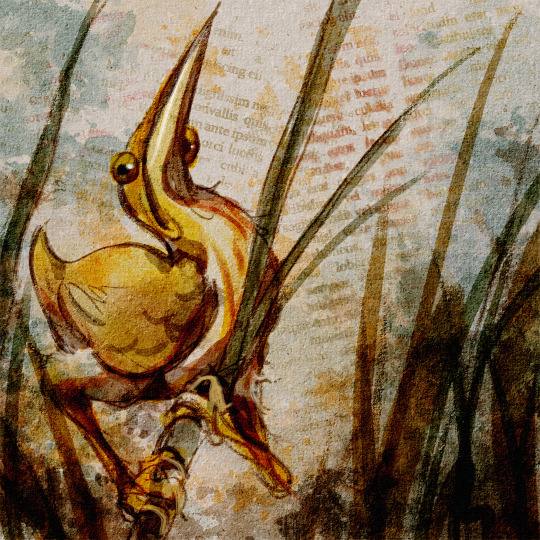
It aint graceful nor elegant, but it gets food in my belly!
I remember the bittern when I feel down. Not everything in life should be a swan.
414 notes
·
View notes
Text
Common moorhen (Gallinula chloropus) photos I took 09/03/2024, Cromford canal, Derbyshire, UK
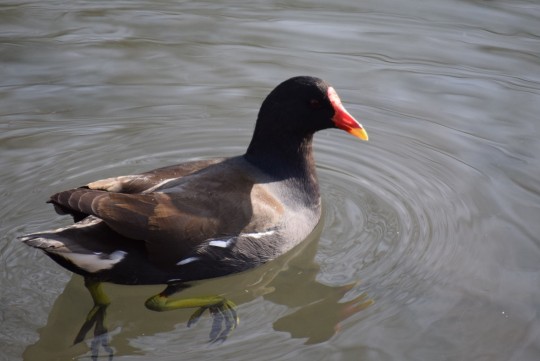

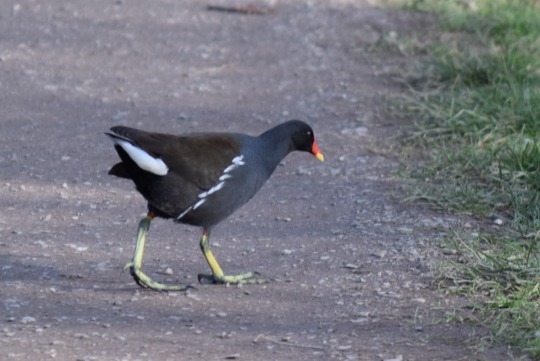
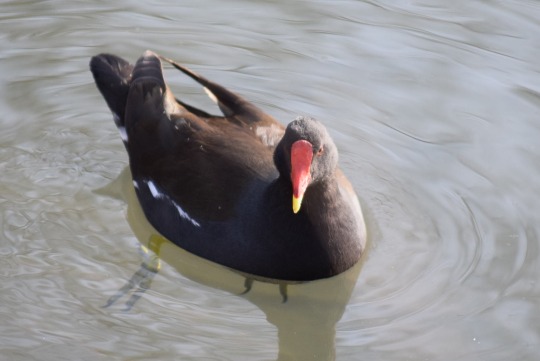
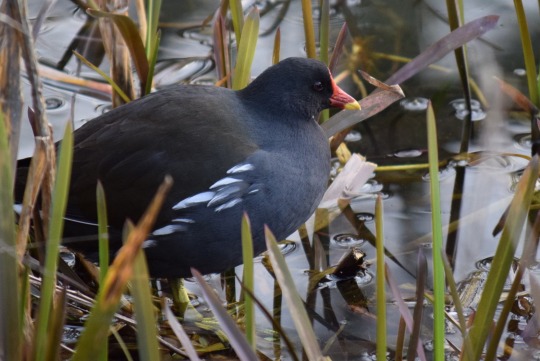
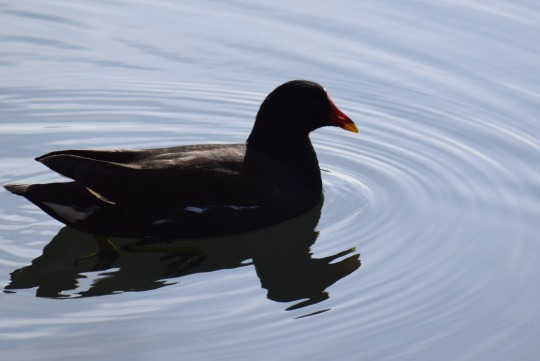



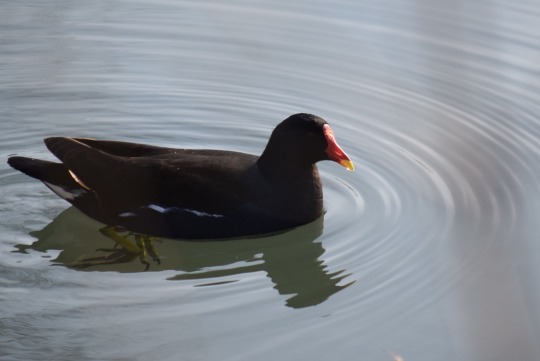
#nature#nature photography#animals#animal#wildlife#british nature#animal photography#wildlife photography#wild#wild animals#common moorhen#gallinula#moorhen#rails#rail#rallidae#gruiformes#water birds#bird watching#birding#birds#bird photography#birdwatching#bird#ornithology#british wildlife#british birds#wild animal#cute#adorable
55 notes
·
View notes
Photo


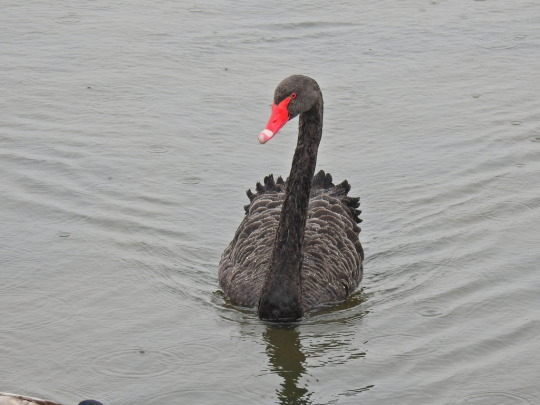
Surprising Black Swans
A popular ornamental waterbird in Europe and North America, the black swan (Cygnus atratus) is a species of swan endemic to Australia and New Zealand. In both their native and introduced ranges they can be found near bodies of fresh or salt water, especially lakes and wetlands with plenty of aquatic vegetation. The species is highly nomadic, and migrate based on yearly rainfall patterns.
Black swans are the second largest swan species, with a maximum weight of 9 kg (19.8 lbs) and a wingspan of 2 m (6.6 ft). Despite being smaller, black swans have the longest neck of any swan. Males, also known as cobs, are slight larger than females-- aka pens. As their name suggests, C. atratus has black plumage, although the flight feathers on their wings are white. The beak is a bright red with a white stripe, thought to be indication of an individuals health and sexual maturity.
Like all swans, the black swan mates for life. In addition to their high fidelity rates, C. atratus is also unique for its high rates of homosexual couples; about 25% of pairings are between individuals of the same sex (primarily males). These mates are known to steal eggs from other nests or form temporary ‘throuples’ with a member of the opposite sex, and some research has shown that homosexual couples are more than twice as likely to successfully raise their young as heterosexual couples.
The mating season for black swans occurs from February to September. While pairs are generally solitary, groups will nest in the same area to increase the chances of finding a mate and decrease the risk of predation. Pairs form when one an individual approaches another and initiates a ritual known as the Triumph Ceremony, in which the individual extends their wings and calls out. If the mate is receptive, they will repeat the gesture, and the pair will then go through a synchronous dance to solidify their pairing. This ceremony is repeated multiple times throughout each breeding season to strengthen the pair’s bond and affirm that between parent and chick.
Females lay 5 or 6 eggs in a clutch, and will alternate incubating them with her partner for 35 to 48 days. After hatching, the young- also known as cygnets- are fairly precocial but will stay in or near the nest for 2 to 3 weeks. It takes up to 6 months for them to completely lose their grey down and grow their adult plumage, though they remain with their family units for up to 9 months. Once they have fully fledged, juveniles join groups of other cygnets for 1-2 years, at which point they become sexually mature.
Black swans can present an intimidating threat to potential predators, so there are few animals that attack fully grown adults. However, eggs and young cygnets can be a target for ravens, birds of prey, and rodents. C. atratus themselves are herbivores and feed primarily on aquatic vegetation.
Conservation status: the IUCN has classified the black swan as Least Concern, and their native populations are stable.
If you like what I do, consider leaving a tip or buying me a ko-fi!
Photos
Damian Shaw
Richard Tommy Campion
Susan Marley via iNaturalist
#black swan#Anseriformes#Anatidae#swans#water fowl#fowl#water birds#birds#freshwater fauna#freshwater brids#lakes#lake birds#wetlands#wetland birds#urban fauna#urban birds#oceania#australia
315 notes
·
View notes
Text

At the duck pond.
#ducks#mallards#duck pond#QE Park#vancouver#local#birds#water birds#photographers on tumblr#original photography blog
45 notes
·
View notes
Text

Any ideas what this bird is? I saw it today, February 27th, at Hamonasset beach in CT. Though it was so far out it may actually have been in New York.
So many people have told me to just remember where the white is on water birds and I've looked through my guide and ebird and I'm nonplussed.
I know it's only a few steps above loch ness monster footage, but ideas anyone?
37 notes
·
View notes
Text

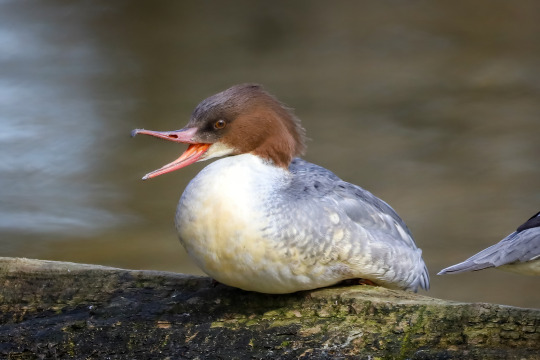

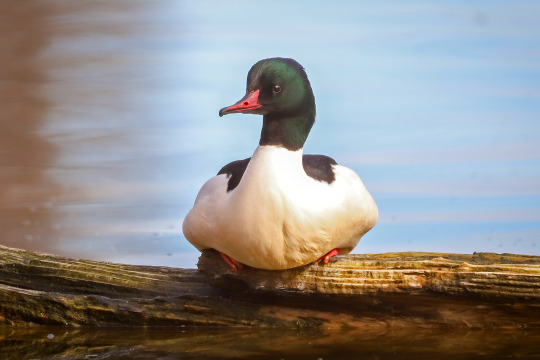



I call these: Great hairdos, derp faces, and beautiful birds.
Gänsesäger ♀️+♂️ (common mergansers) am Max-Eyth-See, Mühlhausen.
#gänsesäger#merganser#birds#bird watching#birblr#urban birding#birding#goosander#serreta grande#water birds#nature#wildlife#ornithology#stuttgart#germany#photographers on tumblr#my photography#wildlife photography#bird photography
977 notes
·
View notes
Text
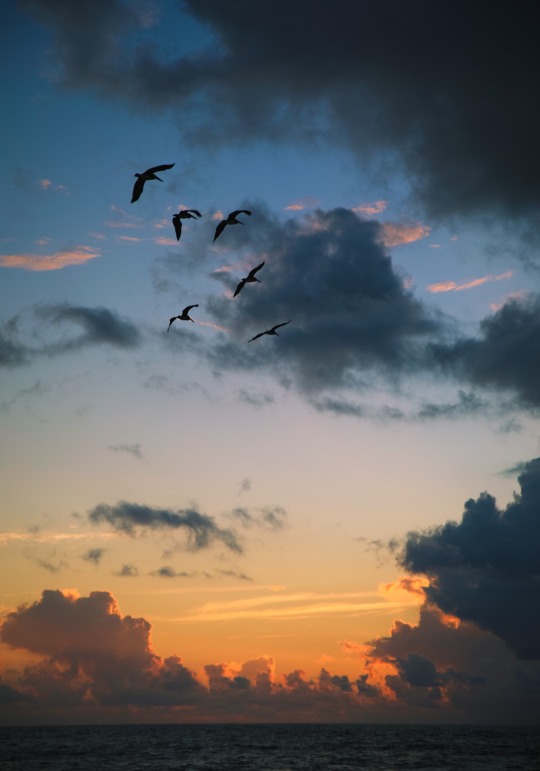
On the wing
Treasure Shores Beach - Aug 23
#photography#nature#fauna#wildlife#water birds#pelicans#squadron#beach#shoreline#ocean#sea#dawn#sunrise#clouds
81 notes
·
View notes
Text



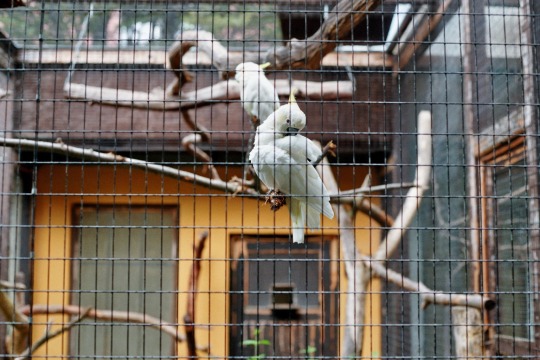

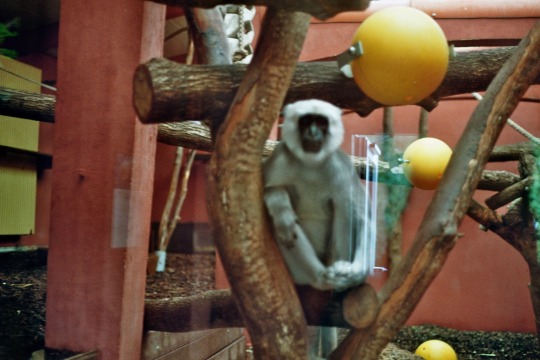
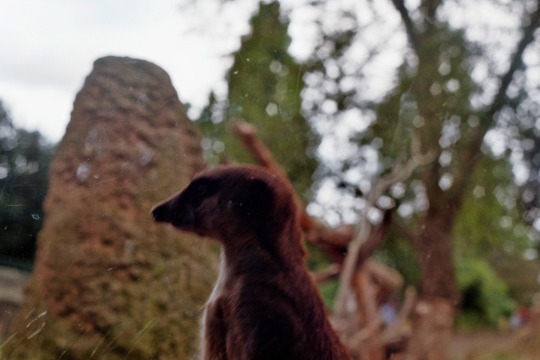

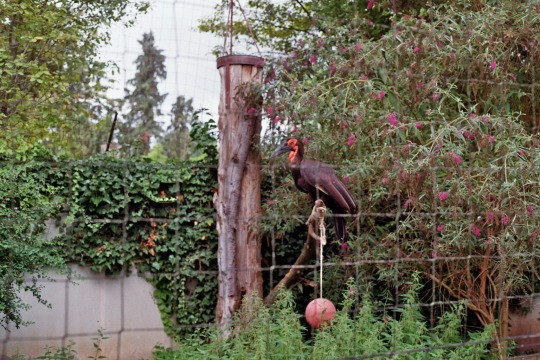
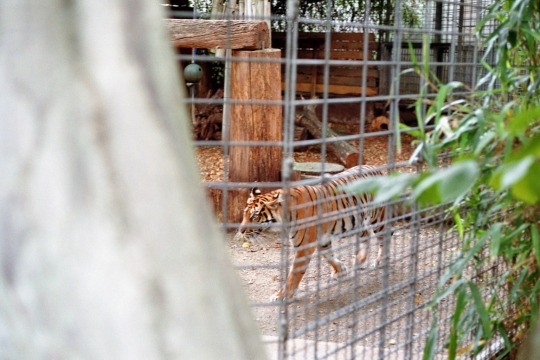
Those are some pictures I‘ve taken at the Zoo in Heidelberg last Summer (like August 2023).
I used my Canon AE1 with a Kodak Gold ISO 200 color/negative film ☺️
#kodak film#filmisalive#film phogoraphy#film photography#35mm camera#35film#35mm color film#35mm photography#analogue photography#analog photography#canon ae1#canon photography#kodak gold 200#zoo#heidelberg#tiger#flamingo#tucano#monkey#water birds#birds#animals#animal park#summer#racoon#vintage aesthetic#retro aesthetic#retrowave#summer 2023#last summer
36 notes
·
View notes
Text

Sora, aka Carolina rail or meadow chicken (Porzana carolina)
October 16, 2023
John Heinz National Wildlife Refuge, Tinicum, Pennsylvania
#First one I've seen in 4 1/2 years#and like the last one someone had to point it out to me#birds#bird#photographers on tumblr#Sora#Porzana carolina#birdblr#birb#birbs#ornithology#birblr#nature#animals#Rails#water birds
349 notes
·
View notes